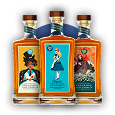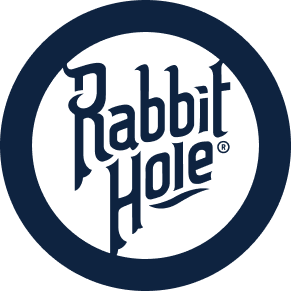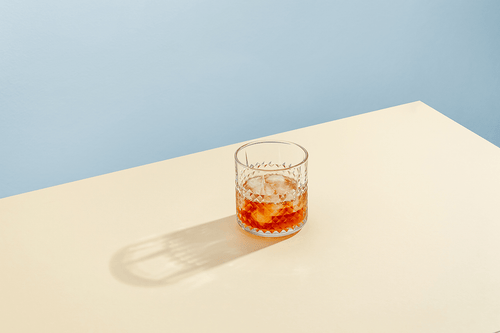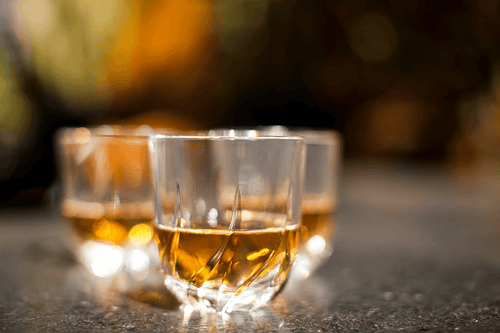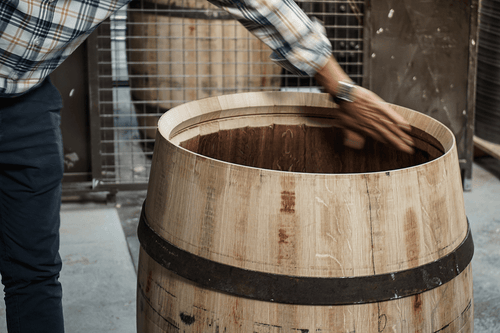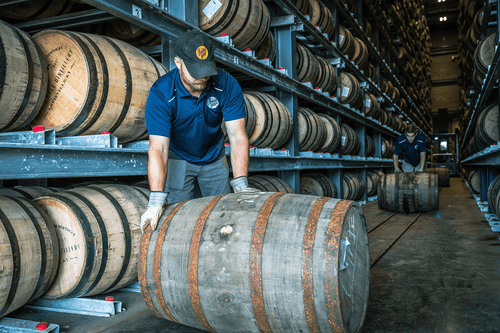Barrel Aged Gin
BARREL AGED GIN
Aging gin in casks that have been previously used for maturing darker spirits, such as bourbon or rye whiskey, creates a depth of color and richness of flavor not usually found in gin. Barrel-aged gin isn't a recent thing, but distillers are finding new methods to create a unique product...

The art of barrel aging spirits is a technique mostly associated with whiskey production. However, recent years have seen a renaissance in the popularity of gin, with a dizzying array of bottles on the shelves of bars and liquor stores. On the back of this resurgence, a growing number of distillers have seen a space in the market for barrel aged gin.
Aging gin in casks that have been previously used for maturing darker spirits, such as bourbon or rye whiskey, creates a depth of color and richness of flavor not usually found in gin. Barrel-aged gin isn't a recent thing, but distillers are finding new methods to create a unique product.
A Brief History of Gin
The origins of barrel-aged gin can be traced back to the 11th century in Europe. Benedictine monks distilled juniper berry-infused wine to create a fiery medicinal spirit that became known as jenever. In Holland in the 1500s, jenever transitioned from a medicine to a popular alcoholic drink that was aged in oak barrels. English soldiers discovered jenever and took it back to England, where it evolved into gin.
By the 18th century, the popularity of gin had grown, and the English began shipping it farther afield. Oak barrels were used to store and transport the spirit. As the gin traveled across the oceans or lay in storage in the barrels, it gained a little color and took on sweet and spicy qualities from the oak. It was also known as “yellow gin” because of its coloring. Gin was even sold in barrels before the Single Bottle Act of 1861, which allowed distillers to sell their products in glass bottles and containers.
Jenever, sometimes known as Genever, Dutch gin, jenever gin, or Geneva gin, is still produced in Holland and Belgium with some distillers still maturing their old jenever in oak casks. They sometimes use bourbon barrels to enhance the flavor, and bourbon barrel-aged gin is now gaining popularity in the U.S.
What Is Barrel Aged Gin?
Gin has come a long way since those early days to become the bright and sophisticated spirit we know today. But it's still evolving, with entrepreneurial distillers striving to produce new twists on this old favorite.
America has long been enamored by cask-aged whiskey, and as American whiskey can only be matured in new charred oak barrels, there tends to be a plentiful supply of used casks. Some distillers have looked at experimenting with maturing other spirits in wooden barrels to create a unique new flavor.
With the resurgence of gin, many new flavors of the spirit have been produced to satisfy the seemingly insatiable appetites of consumers for variations of traditional gin. Canny distillers saw the opportunity to combine gin with the barrel aging process used for whiskey. The result is a honey-colored spirit with hints of spice that fills the gap between whiskey and gin and can please lovers of both spirits.
Being lighter and more delicate than whiskey, gin doesn't need to be aged for as long. It can take as little as two or three months for gin to take on the desired color and flavors from the barrel aging process. While adopting hints of spice, the short maturation time ensures that the gin's botanicals can still shine through.
Can Gin Be Called Barrel-Aged?
Unfortunately, the Alcohol and Tobacco Tax and Trade Bureau (TTB) doesn't recognize the barrel-aged gin category. According to the TTB, gin only exists as an unaged spirit, with three categories: distilled gin, redistilled gin, and compound gin. While producers are free to mature their gin in wooden casks, it can't be called aged. This has led to barrel-aged gin being labeled as barrel finished, barrel rested, or simply barreled gin.
Types of Barrels
In the early days of American barrel-aged gin production, distillers would experiment with different types of barrels to produce limited edition products, which varied greatly. Now, most barrel-finished gin producers strive to make a consistent, high-quality product by using the same type of barrel for every batch.
The type of wood used, whether it's new or used, and what had previously been matured in the barrel are all important factors in the final flavor of the gin. Some producers prefer to use virgin oak casks for their gin, without the influence of any previous spirit. American oak, European oak from Spain or Portugal, or French oak each impart different flavor notes. Other types of wood used by gin makers include ash, mulberry, chestnut, juniper, cherry, and acacia.
Used Barrels for Extra Flavor
If the gin is matured in used barrels, the type of liquid that was previously stored in them greatly influences the taste of the finished product. Wine, whiskey, and brandy barrels are commonly used to age the spirit, with bourbon barrel-aged gin being particularly popular. It would be possible to create even more flavor profiles by using port, rum, or even tequila casks.
At the Rabbit Hole Distillery, our bespoke rye barrel-finished gin stands apart from other cask-aged gins. We use the finest London dry gin, which features botanicals including juniper, angelica, licorice, lemon and orange peel, orris root, and coriander. The gin is put into charred American oak barrels that have previously been used to age our Kentucky rye whiskey.
As the gin rests in the barrels, it mellows and takes on a shimmering golden hue and a touch of spice. It has a soft creamy texture with aromas of citrus, honeysuckle, elderflower, and nutmeg, along with hints of lemongrass and a honey-ginger finish.
Barrel finished gin is mellow enough to drink neat or on the rocks, or it can be used to make your favorite G&T or other gin cocktails. However, with its spicy notes and rich color, you can also add a new twist to traditional bourbon or whiskey cocktails. Whether you're a gin or a whiskey drinker, barrel-finished gin opens up a whole new world of possibilities for your palate.














